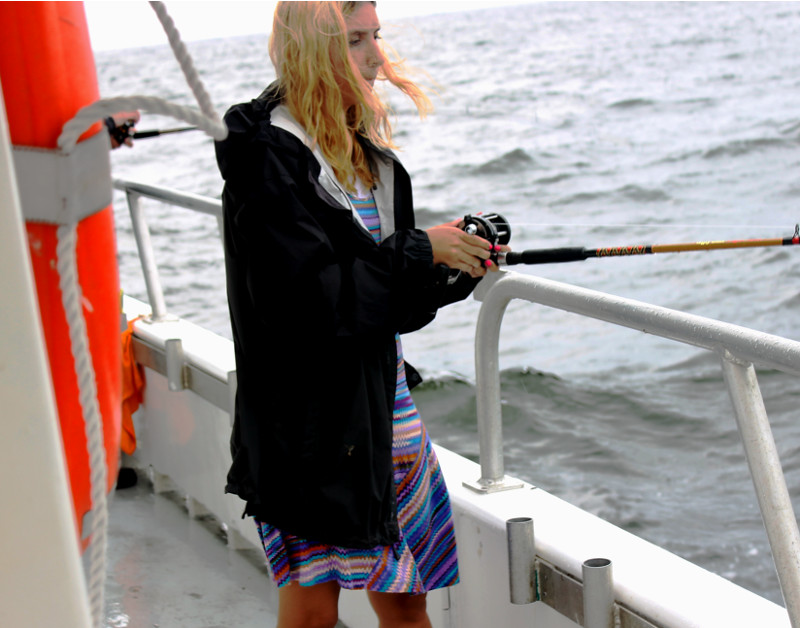- At its heart and soul, CLIPS is a huge regular expression engine. In many regards, using it reminds me Unix power tools like GAWK and even Perl. The top of every rule, CLIPS defrules has a pattern that has to be matched according to a specific set of, not nearly obvious, rules.
- On the other hand, CLIP leans heavily on the functional language paradigm. I think that the authors of CLIP view its shell like many LISP coders view EMACS, but EMACS is a better editor.
- Getting started with CLIPS is easy. Learning it well, that can take a long time. It is a fickle programming language and having a good programming text editor is vital to spotting the inevitable lost parenthesis.
- Good programming languages shape the way that you thing. CLIPS does this. After knocking your head around with it for a while, you begin to see its roots in the Artificial Intelligence area. Standard textbooks become easier to read and understand. And new possible solutions to problems arise as you develop a sense of what it does.
- Every TIME you assert a fact into a scope, the entire scope is reevaluated in full. You can't say this enough.
- Every TIME you assert a fact into a scope, the entire scope is reevaluated in full. You can't say this enough.
- Every TIME you assert a fact into a scope, the entire scope is reevaluated in full. You can't say this enough.
- Every TIME you assert a fact into a scope, the entire scope is reevaluated in full. You can't say this enough. Learning CLIPS means learning how its engine works.
- CLIPS has the ability to create modules that allow for results to be passed from one scope to another. I leveraged this ability. Without that ability, I would have fallen back on procedural programming techniques that for the purposes of this project, was not my goal. We have four modules: FISH, WEATHER, TRIP, and REPORT
- fish2.clp : The main program that loads everything else and runs. You can run it in GNU/Linux with the command
clips -f2 ./fish2.dat - HTML
- TXT
- fish.dat : Main datafile for the FISH module with definitions and templates for the species
- HTML
- TXT
- fish2.dat : Data for WEATHER module
- HTML
- TXT
- fish3.dat : Data for TRIP module
- HTML
- TXT
- fish3.dat : Data for REPORT module
- HTML
- TXT


